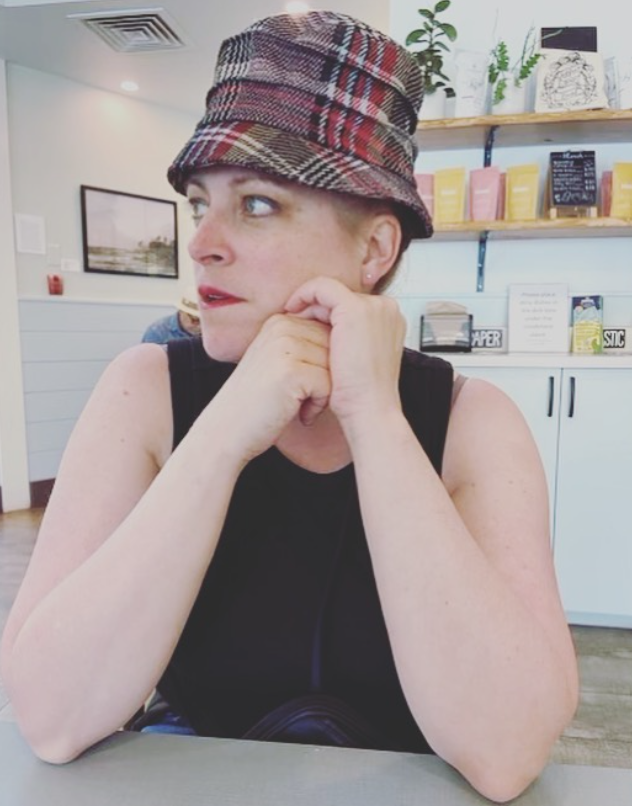A Shark Inspired Writing Prompt!
Here’s an idea just for you.
Voila!
Here’s the idea: Substitute another animal for “shark.”
Benefits
- It can be tailored to the interests of students or to a subject area.
- It’s highly motivating to be contrary, can’t is more fun than can.
- It’s a different form of writing – comic, than the usual – story.
Ideas to Get Started
1. Pick an animal to work through together as a class.
For example: bee
2. Together brainstorm at least ten facts about the animal. Record answers on the board.
For example: Bees carry pollen on their legs.
3. Together brainstorm about activities the students like to do.
For example: We like to write.
4. Together complete this stem using brainstormed facts for #2 and student activities from #3:
I like to ____but a ____can’t because_______.
For example: I like to write but a bee can’t because they would get pollen on the keyboard.
Brainstorm several examples, it’s bound to get funny as the session progresses.
5. Together create a finished example (one panel to several panels) with words and illustrations.
The finished example could be the bee trying to write but a large pollen dust cloud makes it impossible.
6. OPTION 1: Working together as a class. This might end up being just a class example, where students help with the writing and illustrations.
7. OPTION 2: Working as partners or independently. Students can work together or alone on their own examples that might include 1, 2 or many comic panels.
8. For better results, discuss the composition/craft of the shark example. Discuss the title, captions, speech indicators, spacing, shapes and other artistic elements.
9. Remember this prompt again at Halloween… 6 Things Ghosts Are Bad At…you get the idea.
Have fun!
Let me know if you try it. 🙂


